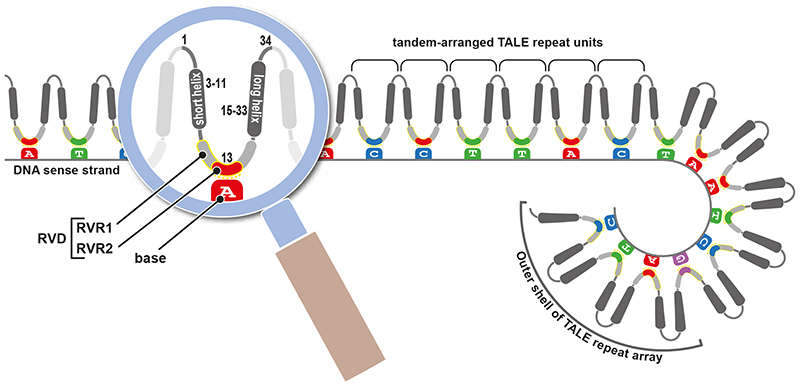Figure 2. Structural basis of TALE-DNA interaction.
TALE proteins bind to DNA by a variable number of tandem-arranged repeats, with each repeat pairing with one DNA base in the sense strand of matching EBEs. The TALE-DNA interaction is depicted in a simplified linear display (left) and the helical arrangement (right) where the TALE repeat array wraps around the helical structure of the DNA. Repeats are generally highly sequence related to each other with residues 12 and 13 being most variable and accordingly designated as repeat variable diresidue (RVD; highlighted by yellow frame). The repeat variable residue 1 (RVR1; residue 12) and RVR2 (residue 13) define DNA base preference of a given repeat. RVR2, also known as the base-specifying residue (BSR), makes the major contribution to the base preference of a given repeat. Residues 12-14 collectively form the DNA binding loop that is flanked by short and long helical regions. Tandem-arranged repeats wind around the DNA and form a superhelical structure. Given that the outer shell of the repeat array is formed by conserved repeat residues, its shape is likely not affected by variation in the RVD composition and thus will be mostly highly similar for each TALE protein. Please note the simplified display of the TALE protein where only the TALE-repeat array is depicted and not the N- and C-terminal parts of the TALE protein, which are displayed in Figure 1. Note that TALEs bind to double stranded DNA but that in this simplified depiction only the DNA sense strand is shown.

